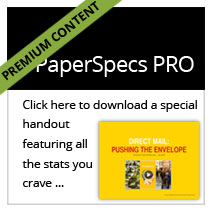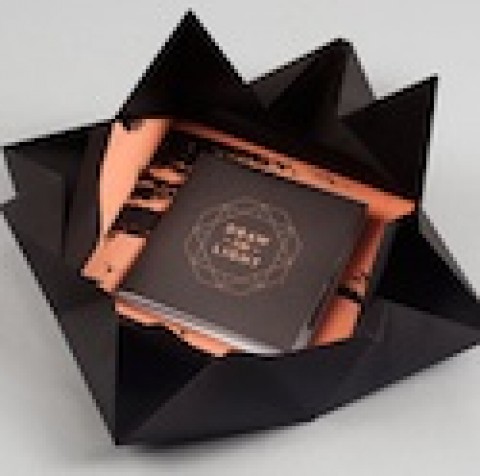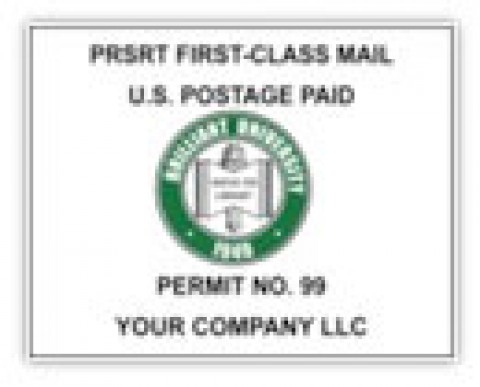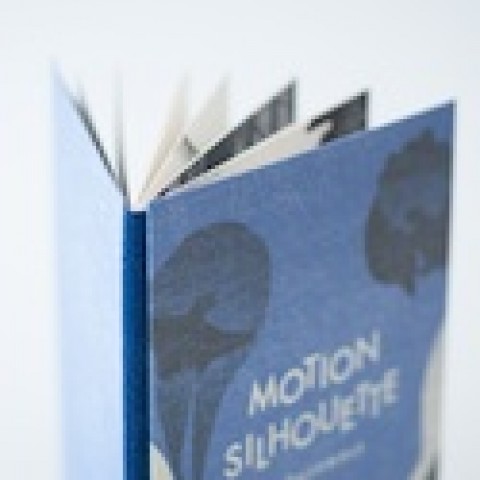
Note: Those who aren’t PaperSpecs PRO members can watch the recording of that webinar for a limited time here. (PaperSpecs PRO members have 24/7 access to all Webinar recordings. They can also access exclusive direct-mail supplementary materials for this particular Webinar here.)
Is there a specific type of direct mail that gets better response rates over any other type of direct or general mail?
A highly-targeted mailing in a format that utilizes engagement techniques, such as sensory effects. Dimensionality and technology can offer incredibly high response rates if the audience is right and the offer is compelling. That said, there are very successful card-format campaigns. You don’t have to spend a lot of money to be successful with mail, you just have to be strategic about it.

It’s a great program – sending mail without address lists, lots of format flexibility, and seems to promote mail. Where we think the program struggles is that many who are targeted to use the program, like small businesses and those new to mail, it’s almost too much flexibility, if that makes sense.
There are not a lot of guidelines and so we think many don’t know where to start. There are some companies offering Web-to-print solutions for EDDM, which some may be using, but there are also pretty specific instructions to follow for preparation of the mail. It can be tricky, and we’ve heard from many that some post offices are less prepared than others when it comes to dealing with receiving the prepared EDDM mailings. So, it has potential, but it needs to be easier to understand and use.
Can you please clarify the aspect ratio? I’m not sure what is meant by 1.3 – 2.5.
Sure – if the length of the piece divided by the height is 1.3 – 2.5, you’re within the appropriate aspect
ratio. Here’s an example:
6” divided by 4.25” = 1.4

Machinable and mailable are two different things. You’ll learn all about this in the Sappi piece you’re getting, but for mailability you have to meet the minimum size and thickness requirements 5” x 3.5”, .007” thick and maximum corner radius of 1/8”. For machinability (Letter mail), you need the mailability requirements plus proper aspect ratio, address parallel to the long dimension, and made of paper. The address must be in the right location to be read and have enough contrast. To be sure you’ve complied with everything, ask your printer, a mailhouse or a USPS Mailpiece Design Analyst (MDA).












